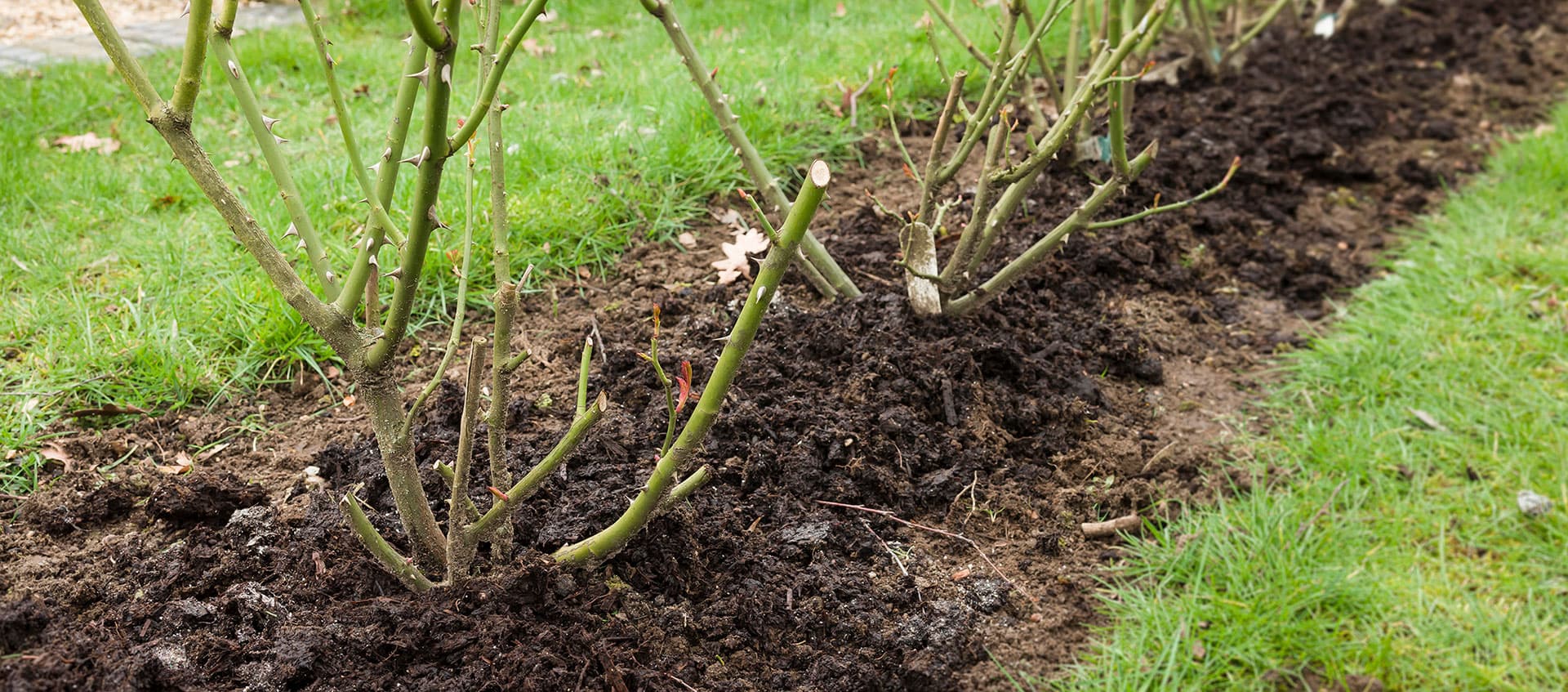- Shop
Shop by Colour
Highly Recommended For
- About Us
- Advice & Info
- Articles
- Contact

First Steps After Receiving Your Rose: Planting and Care Tips
So, you’ve just received your new rose plant—whether it’s a bare root rose or a potted one—and you’re excited to watch it thrive in your garden. The journey from receiving the rose to nurturing it into a flowering beauty requires some essential care, but don’t worry, we’ve got you covered. Here’s everything you need to know to ensure your rose flourishes, from the moment it arrives to its first stunning blooms.
Starting Off: Preparing and Planting Your Roses
For Bare Root Roses: When your bare root rose arrives, it’s important to act quickly. The first step is hydration. Soak the roots in clean water for 24-48 hours to give the rose a much-needed drink before it settles into your garden. Choose a sunny spot with at least 4-6 hours of sunlight per day to plant your rose.
Planting Instructions:
- Dig a hole at least 30cm deep and wide. Your soil should be loose and moist, but not waterlogged.
- Mix some organic compost, cow manure, or Seamungus into the soil to give your rose a nutrient-rich foundation.
- Place the rose in the hole, ensuring the graft union (the swollen area between roots and stems) sits 2-3cm above the soil. Backfill the hole with soil, firm it down, and water the rose thoroughly.
- Mulch around the base to retain moisture and keep the soil temperature steady.
For Potted Roses: If you’ve purchased a potted rose, it needs time to adjust before moving into a larger container or into the ground. Keep it in the original pot for 4-6 weeks to allow the roots to establish themselves.
When you’re ready to plant:
- Prepare a sunny location with well-turned soil mixed with organic compost or cow manure.
- Dig a hole 30cm deep and wide, adding a bit of Seamungus to the bottom.
- Remove the rose from its pot and plant it, ensuring the graft is 2-3cm above the soil.
- Water well and mulch the base to lock in moisture.
Pruning: Encouraging Healthy Growth
Pruning your rose is essential, whether it’s bare root or potted. It helps the plant focus energy on producing new, healthy shoots. Use sharp pruning shears and cut back to an outward-facing bud, which will help create an open structure, allowing sunlight and air to circulate through the plant. This reduces the risk of diseases like black spot.
If your bare root rose has just been planted, give it a light prune to kickstart its growth cycle.
Feeding Your Roses for Maximum Blooms
Roses are hungry plants. After planting, apply a balanced fertilizer or enrich the soil with organic matter like well-rotted compost or manure. A slow-release fertilizer will provide the nutrients needed to support growth over the coming weeks. Be sure to feed your rose throughout the growing season every 4-6 weeks to keep it healthy and blooming beautifully.
Watering: Finding the Right Balance
Watering is critical to your rose’s health, but it’s all about balance. Too little water and the roots will struggle to grow deep. Too much water and you risk root rot. Newly planted roses, whether bare root or potted, should be watered deeply 2-3 times a week. Aim to water in the morning to give the plant time to absorb moisture before the heat of the day.
Mulching: The Key to Moisture Retention
Mulch is your rose’s best friend. By adding a layer of mulch—about 5-7cm thick—around the base of the plant, you’ll help the soil retain moisture and keep roots cool during warm weather. Organic mulch, such as bark chips or straw, also enriches the soil as it decomposes, providing ongoing benefits to your plant.
Pests and Diseases: Keeping Your Roses Healthy
As your roses start to grow, pests like aphids and diseases like black spot can become an issue. Regular inspections will help you catch problems early. If you spot aphids, spray them off with a hose or use insecticidal soap. For black spot, prune away the affected leaves to stop the spread. Additionally, ladybirds and other beneficial insects can help naturally keep pests in check.
For more detailed guidance, check out our Identifying Problems with Roses guide.
Looking Forward to Stunning Blooms
With the right care, your rose will soon reward you with stunning blooms. Depending on the variety, you can expect flowers within 8-10 weeks after planting. By regularly pruning, feeding, watering, and protecting your plant from pests, you’ll ensure that your rose thrives throughout the season.

